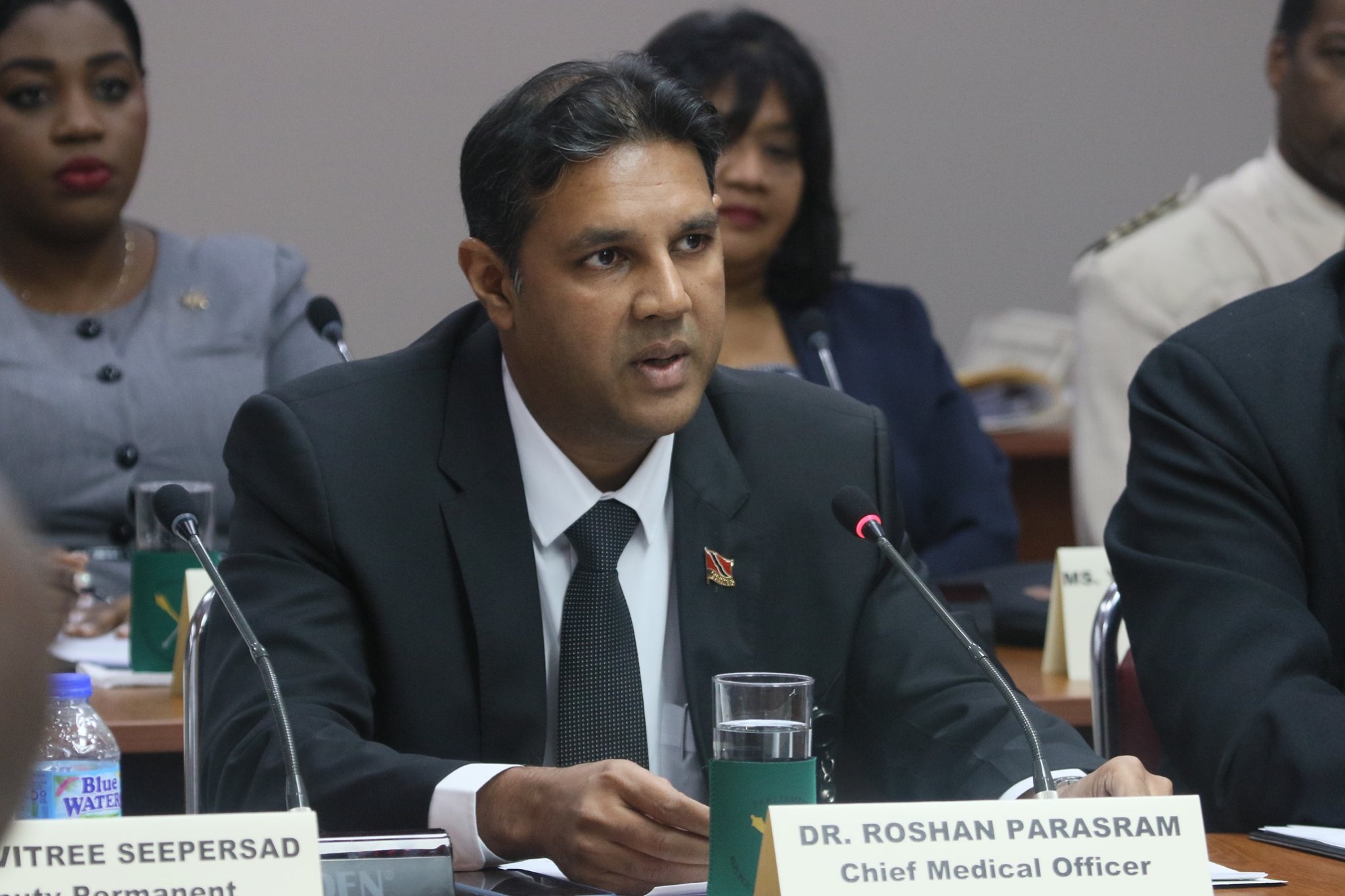Many will say that the youth of this country will determine the future rise or fall of society in all aspects from economical to social or simply mental planning and awareness.
However, it appears to be nothing simple in the thought process of those that define what our youths in sports can do as we continue to focus on the coronavirus (COVID-19) pandemic and how it is affecting all aspects of life.
At a time when the youth of this beautiful twin island seem at odds to cope with many of the necessary demands of all that has happened particularly over the last five months and appear in need of a proper outlet, comes the distressing news that the advice from the Chief Medical Officer Dr Roshan Parasram is that our youths (under 18) should not be involved in team sports which has led to the Pro league cancelling its youth league apparently as a result and other event and organizations confused and in disarray as our youth stand transfixed in time.
If this was not true then we would have expected the CMO and the Minister of Health Terrence Deyalsingh to refute such a claim but sadly that has not been forthcoming and instead many youngsters have told me, they are going to turn “away from sports because of the current situation “.
Many have alluded to the fact that both men appear uncertain on sports and how to approach the subject and its advantages simply because they themselves never played during their youth which makes it challenging for them to understand the need that teangers have with regards to expressive themselves through a sporting activity.
It is one thing to be cautious as we have seen with other sports not just here in T&T but around the world. If indeed the only plan is to just follow the World Health Organization (WHO), then alert us, so that everyone can read the same playbook and avoid the necessary heartache and pain being instilled on parents and students. Sometimes, you get the sense that avoiding a discussion that is critical and vital as this, some in Health believe that it will just go away, but in reality it will not because it affects thousands of lives.
<Ireland on youth’s participation>
Here's an example with some extracts from the June 2020 interim report regarding Ireland on youth’s participation in sports in light of the COVID-19 pandemic and it is significant and important in terms of risk and overall assessment:
The purpose of this document is to outline both the necessary measures which should be taken before the return of children and adolescents (up to the age of 18 years) to play and sports activities in the community, such as organized sports and summer camps, as well as the ongoing measures which need to be taken to continue to reduce the risk of COVID-19. These measures are aimed at risk minimization of COVID-19 amongst children and adolescents returning to sports activities, their families and the wider surrounding community, recognizing the importance of those activities for health and wellbeing
2. Risk assessment
In each event, and up to date risk assessment should be conducted to determine the risk level for COVID-19 transmission related to the particular activity or sport, and what additional measures are needed to reduce this risk.
Different activities and sports carry different degrees of risk related to the level of close contact involved. Team sports, for example, can largely be categorized into contact and non-contact sports, with contact sports carrying a higher risk of virus transmission:
• • Contact sport is an activity, particularly a team activity, in which by participating you are coming into close contact with others as part of competing or taking part in that activity – for example, physical contact sport like rugby and sport where there is close contact like Gaelic football, hurling, camogie, football, basketball, hockey, swimming or a rowing crew.
Non-contact sports – activities in which you can comfortably maintain a two-metre distance from others while participating – for example running, tennis, cycling or golf.
The risk associated with each sport or activity also varies depending on the level at which you are playing the sport or conducting the activity.
The following grading system is an example of how to stratify the various levels of risk associated with different stages of sports or activities, but the timing of when they can be initiated needs to be in line with the Government Road map and is for each sports organization to determine how best this is to be operationalized
• • Grade 1 – practicing sporting drills, skills and exercises at home with only family present
• • Grade 2 – team or group-based practice within your community practising drills, skills etc., without physical contact between participants
• • Grade 3 – competition within your team/activity group which involves physical contact such as a practice match during your weekly training involving only people from your team
• • Grade 4 – competition involving physical contact between different teams/groups from the same geographical area, for example from the same county
• • Grade 5 - a competition involving physical contact between different teams/groups from different geographical areas, for example, different counties or provinces
Therefore, going forward, we need to urge the CMO and the Minister of Health to try to better understand the role that sports play in life and in our national community development.

